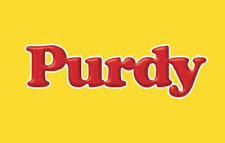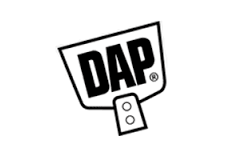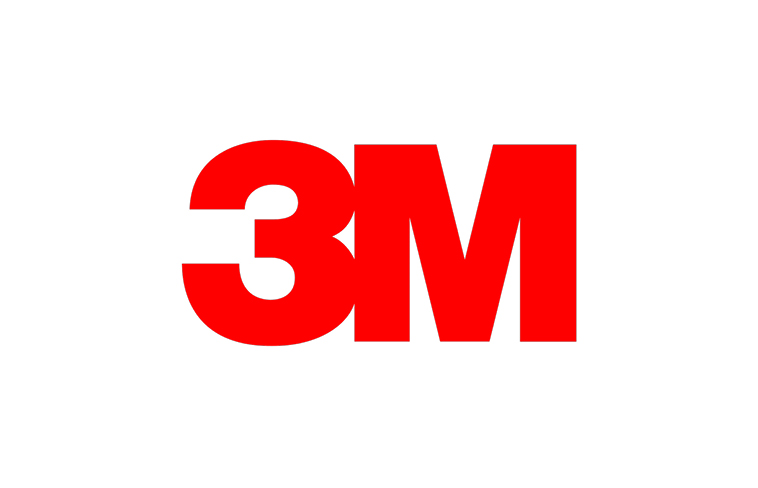The general rule is that the smoother the surface is to be painted, the thinner your paint roller nap should be. If it is a perfectly smooth surface with no texture, a 1/4″ nap is ideal or a 3/8” works also. If you are painting a textured wall or another rough surface like brick or rough fencing, then a 1/2″ or 3/4″ thick nap works best.
One of the biggest pain points for people who are doing painting projects on their own is getting crisp clean paint lines when using painter’s masking tape. This is especially troublesome when you have heavily textured walls as the texture makes a tough surface for the tape to create a seal against. There are 2 tricks that can help you out with this:
The short answer is yes! The type of painting project will determine what brush is best to use to get a smooth finish. For example, a quality brush with a flagged tip will work well for trim work or doors. This is because the bristles are split at the end which allows the brush to hold more paint and release paint smoothly on the surface.
If you’re painting a rough textured surface or a flat surface, you’ll want a larger, thicker brush. Other factors to consider when choosing a paint brush include the type of finish you’ll be applying (is it a water-based or oil-based finish). And of course, the hand handle design. You’re going to be holding the paint brush a lot, it should be comfortable!






